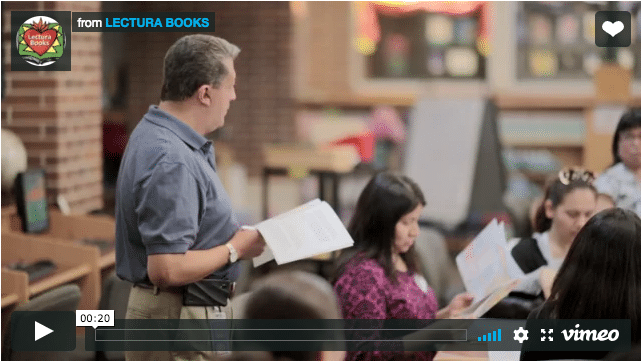Learning a new language is a process. Most of the time, we learn to speak a language without even thinking about how we actually acquired said language skills. But, when it comes to learning a new or second language, the process might be a little bit more complicated. Truthfully, the way that anyone develops a new or second language depends on the age and manner in which they are exposed to the language.
There are two parameters that affect the language learning process: simultaneous bilingual and sequential bilingual. Simultaneous bilinguals are people who are exposed to their first and second languages at the same exact time. Sequential bilinguals develop their second or new language after they have already learned and dominate their first language. As a rule of thumb, children who learn their second or new language beyond the age of three-years-old are considered sequential bilinguals.
Linguists have come to consensus that there are five stages of second language acquisition. Read on to discover more about the process for learning a new language. Additionally, you can visit the Latino Literacy Project for more ways to help second language learners learn a new language.
- Silent Phase: The first phase is known as the silent, or receptive, phase. It is during this stage that children learning a second language spend time learning vocabulary words in their new language. Second language children also practice saying new terms and phrases during the first phase.
- Early Production: The second phase is known as the early production phase. During this stage children learning a second language begin to gather and store new vocabulary words. They also start to say longer terms and begin forming short phrases and word combinations.
- Speech Emergence Phase: The third phase is known as the speech emergence, or production, phase. When children learning a second language reach this phase, they have already collected and stored several thousand words. At this phase, children begin to communicate by creating short phrases and sentences.
- Intermediate Fluency Phase: The fourth phase is known as the intermediate fluency phase. During stage four children begin communicating using complex sentences. This stage is very critical, as true conversation emerges and they begin to think in the second language, which demonstrates that progress has been made.
- Continued Language Development Phase: The fifth, and final phase, is the continued language development, or fluency, phase. This stage lasts for an extended period of time, if not a lifetime. During phase five children will continue to develop their second or new language and reach a level accuracy that consist of complexity and social pragmatics.

